Support OpenDurham.org
Preserve Durham's History with a Donation to Open Durham Today!
OpenDurham.org is dedicated to preserving and sharing the rich history of our community. Run by our parent nonprofit, Preservation Durham, the site requires routine maintenance and upgrades. We do not ask for support often (and you can check the box to "hide this message" in the future), but today, we're asking you to chip in with a donation toward annual maintenance of the site. Your support allows us to maintain this valuable resource, expand our archives, and keep the history of Durham accessible to everyone.
Every contribution, big or small, makes a difference and makes you a member of Preservation Durham. Help us keep Durham's history alive for future generations.


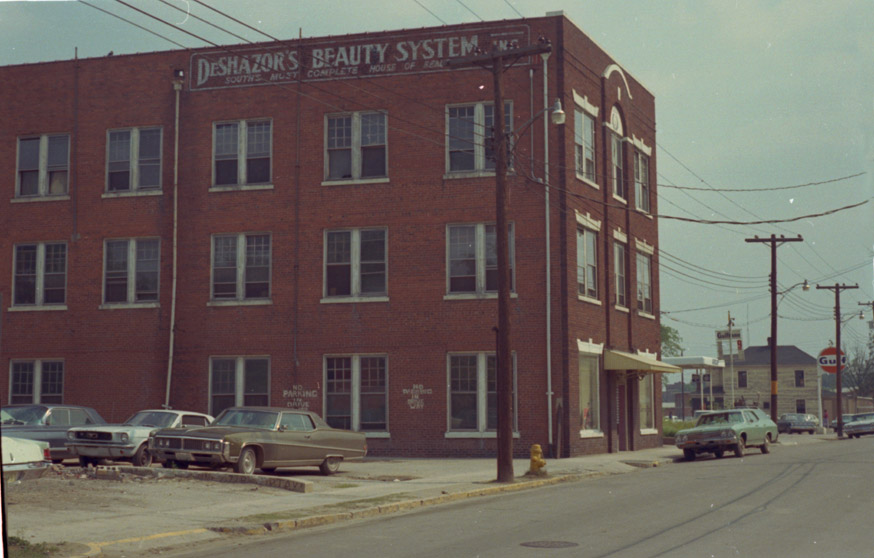
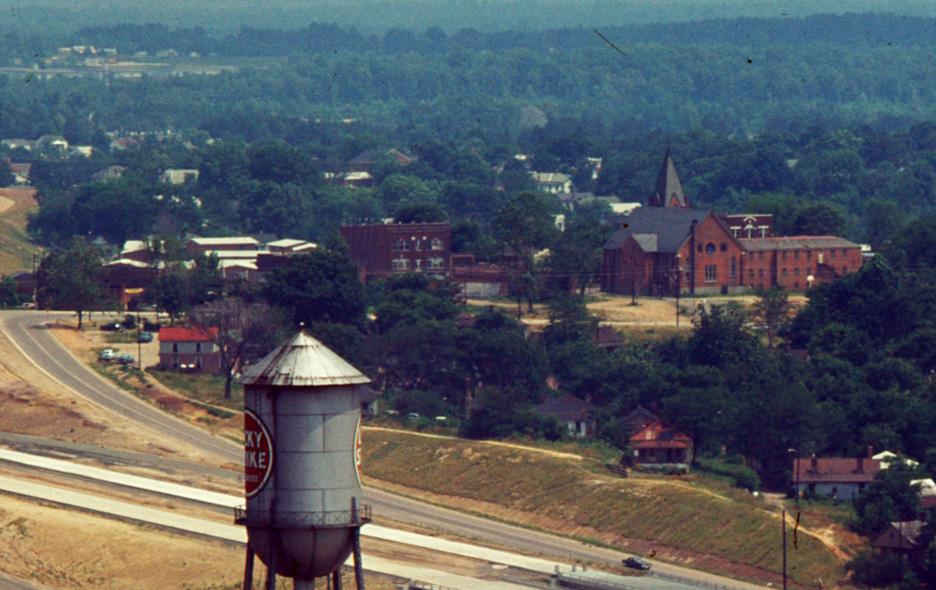

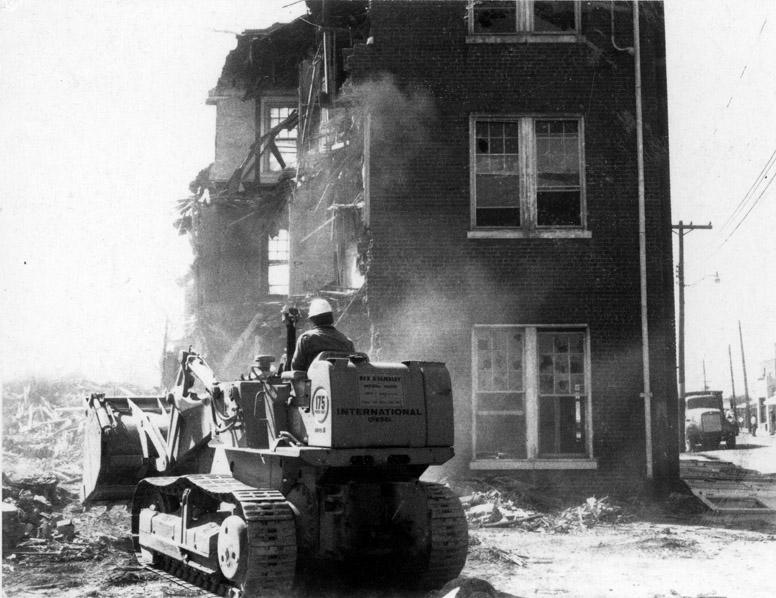
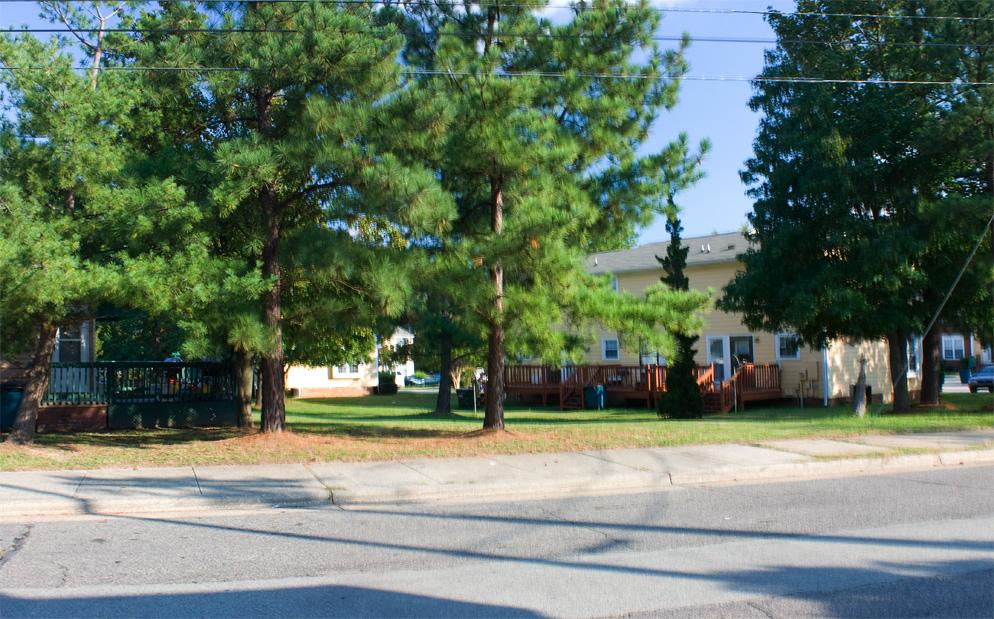
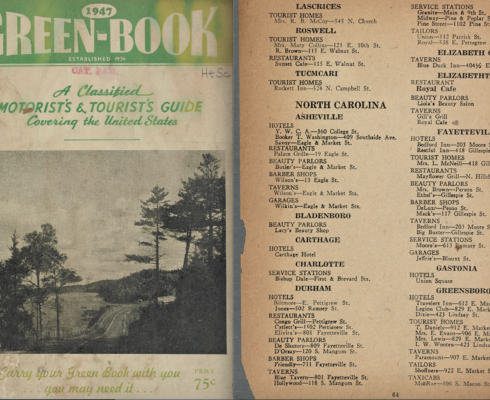
Comments
Submitted by Jessica T. (not verified) on Mon, 11/10/2008 - 1:19pm
I speculate (rather dangerously) that the the Royal Knights of King David purchased Geer Cemetery from Jesse Geer in 1877. I wonder why the decendants of those enslaved or working at the Cameron Plantation were not as well off as the descendants of those formerly enslaved by Julian Shakespeare Carr. I wonder how the passing of a post civil war generation and the great migration played into these phenomena, including the disaster of Urban Renewal and road building.
Submitted by Andrew Edmonds. (not verified) on Thu, 1/19/2012 - 10:07am
Any idea what the "Sarmijac Trickology Clinic" located in the right-side storefront was all about?
Submitted by Shirlrona Johnson (not verified) on Mon, 1/20/2014 - 12:08pm
In reply to Any idea what the "Sarmijac by Andrew Edmonds. (not verified)
Sarmijac was a product that DeShazors's manufactured. The recipe is a family recipe and was used as a dry shampoo technique. A good analogy would be that instead of washing your clothes in the washing machine with water you could alternatively take your clothes to be dry-cleaned. Sarmijac is like dry-cleaning hair.
Submitted by Durhamite (not verified) on Mon, 1/20/2014 - 9:37pm
Regarding the 2008 post: Although Julian S. Carr favored the Confederacy and its views on slavery, I am unaware of his personal ownership of slaves; perhaps there were slaves in his Chapel Hill father's inventory. He is more typically referred to as an industrialist and philanthropist.
Submitted by rlittle on Fri, 3/17/2023 - 12:33pm
The gold seal on my mother's Diploma from DeShazor's Beauty System, Inc., reads "Established 1935 Brooklyn NY" and I assume that's the date of incorporation. The print on the Diploma says "Founded 1930." It is dated 1942 and is signed by Jacqueline DeShazor, Sadie Thomas and Eva Bishop.
Add new comment
Log in or register to post comments.